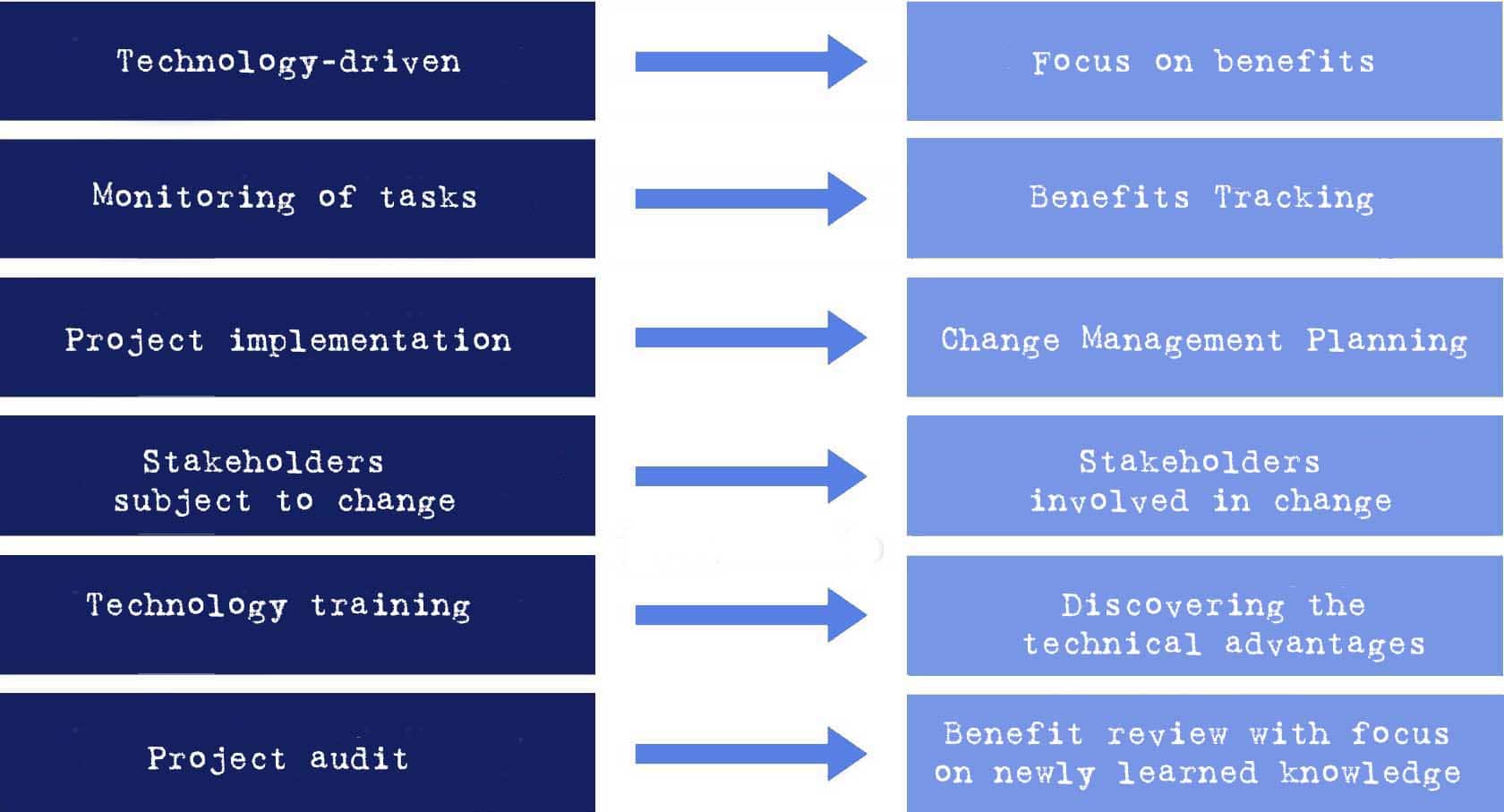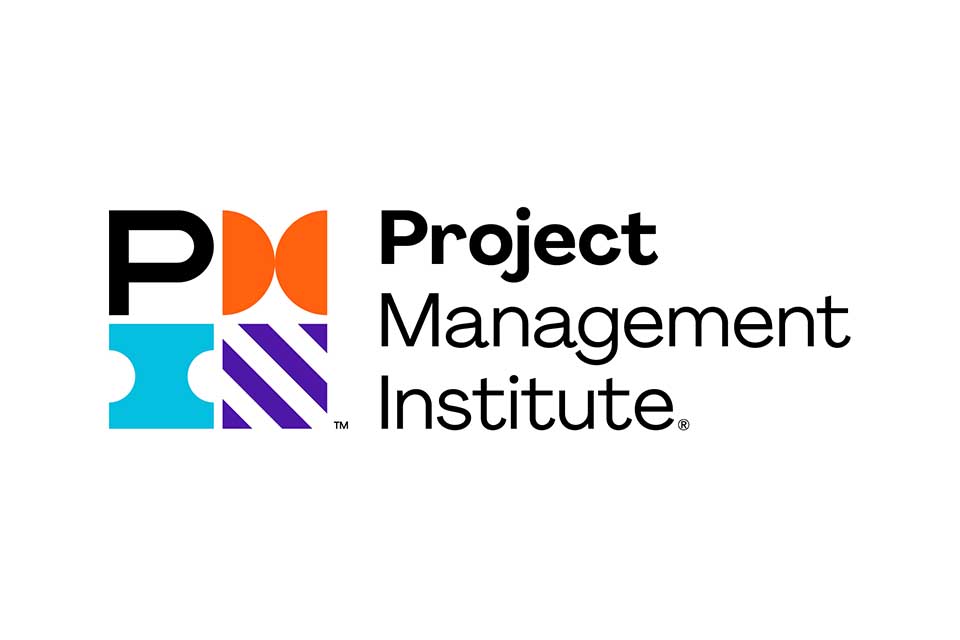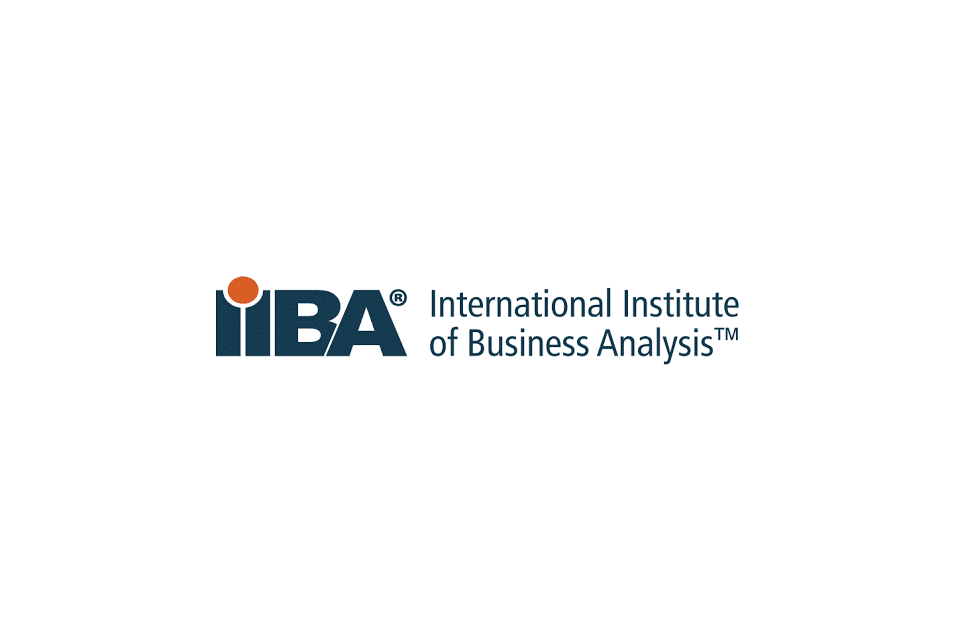What is Benefits Management?
Smartpedia: Benefits Management describes the identification, definition, planning, realisation and tracking of business benefits. A benefit provides value for stakeholders.
Realisation and tracking of business benefits
Benefits Management deals with the identification, definition, planning, realisation and pursuit of business benefits and corporate goals. A business advantage can be material or immaterial and express itself in higher sales and market shares or in image and customer satisfaction. A benefit can thus be regarded as the desired effect of an investment, a portfolio, a program, a project, an initiative or a transformation. The prerequisite for this is that the benefit is measurable and makes a value contribution in the perception of the stakeholders. The opposite of a benefit is a disbenefit, i.e. a deterioration perceived by the stakeholders that is detrimental to the company’s objectives.
Various interpretations of Benefits Management
Benefits Management – sometimes also referred to as Benefits Realisation Management – is described in many standards and methods:
- The Project Management Institute (PMI) defines Benefits Management in “The Standard for Program Management – Third Edition” as “the process of clarifying the planned benefits and intended outcomes of a program.
- Managing Successful Programmes (MSP) as a programme management framework describes “focusing on the benefits and their threats” and declares Benefits Management as a management and control principle.
- And the International Institute of Business Analysis (IIBA) addresses the benefits of solutions even after they have been put into operation as a so-called Solution Evaluation.
Each of these approaches goes well beyond an investment evaluation using a business case or a classic project, the evaluation of which is completed at the latest when the solution is put into operation.
The process in Benefits Management
Benefits management is described either as a process with four steps (identification, planning, implementation and verification) or alternatively with five steps:
- Identification and structuring of benefits with the recording of requirements and the derivation as well as documentation of the advantages (and possible disadvantages).
- Definition of the Benefits Management Plan with the description of roles and responsibilities, priorities and key figures.
- Planning of the benefits realisation with the description of the benefits, the noticeable changes and the measurement of the benefits.
- Implementation of changes and active search for additional benefits.
- Realisation of benefits with tracking and ensuring permanent change.
Frequently, dealing with benefits management in organisations also leads to a rethink – away from an internal focus in the direction of customers and their benefits:
Notes:
Here you will find additional information from our Smartpedia section:



